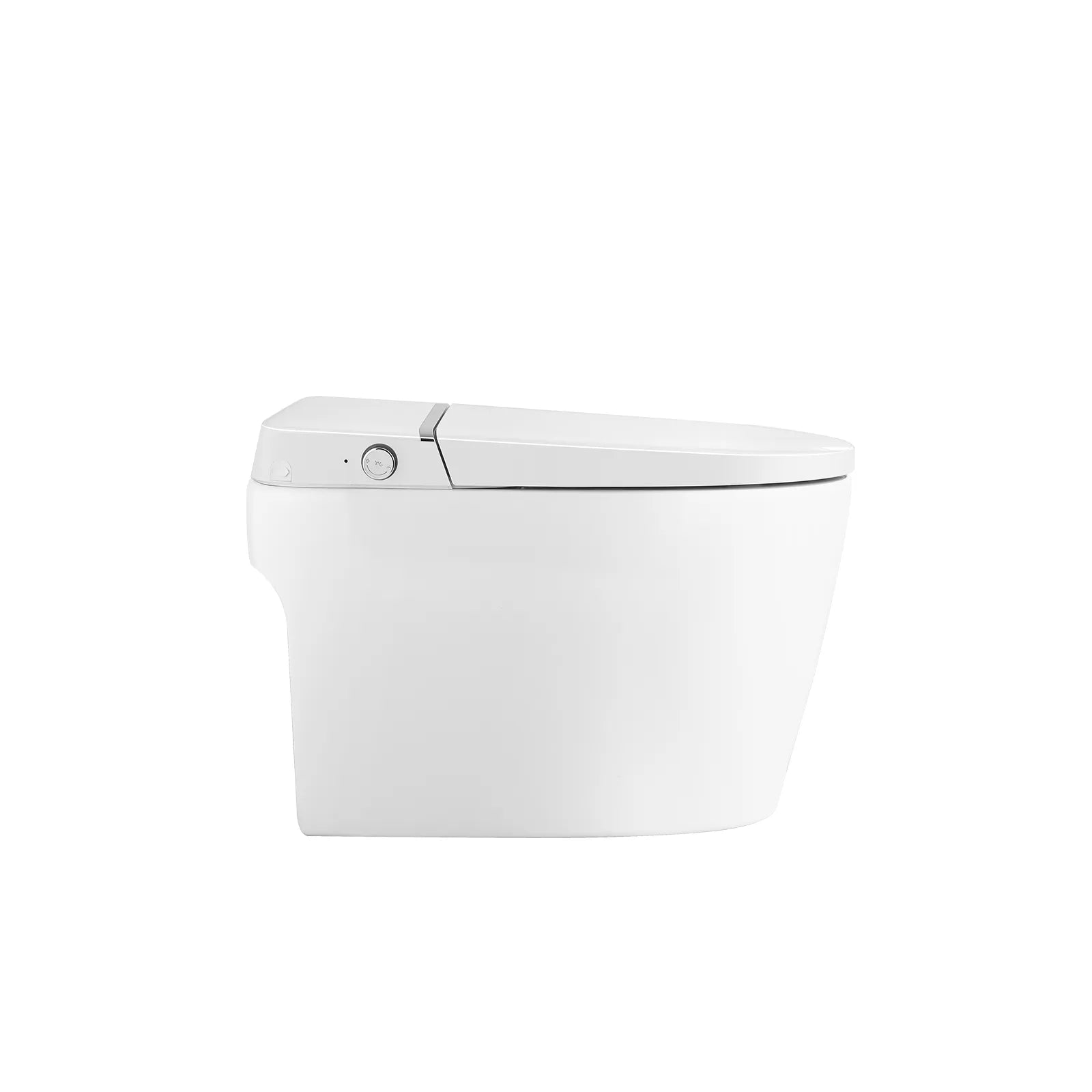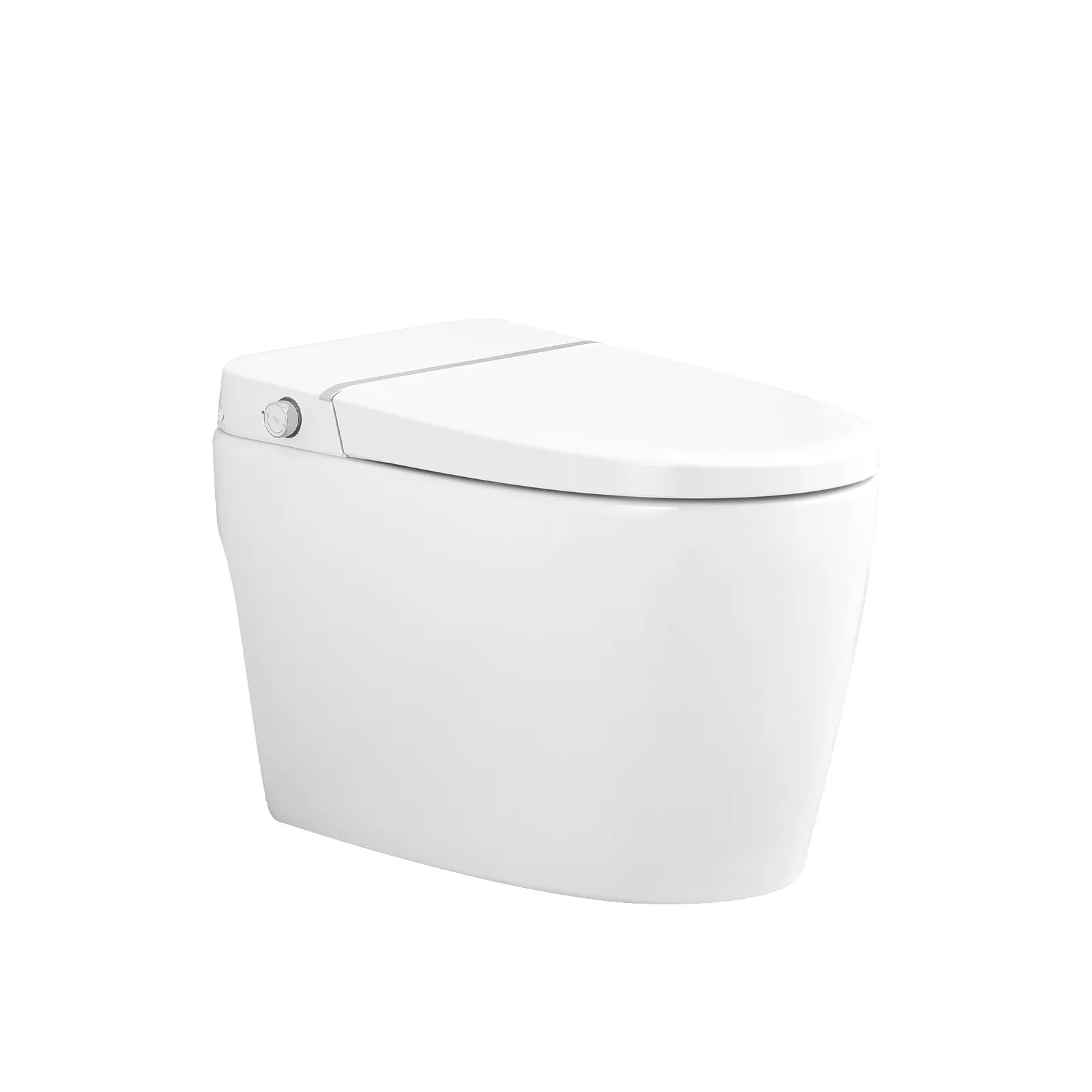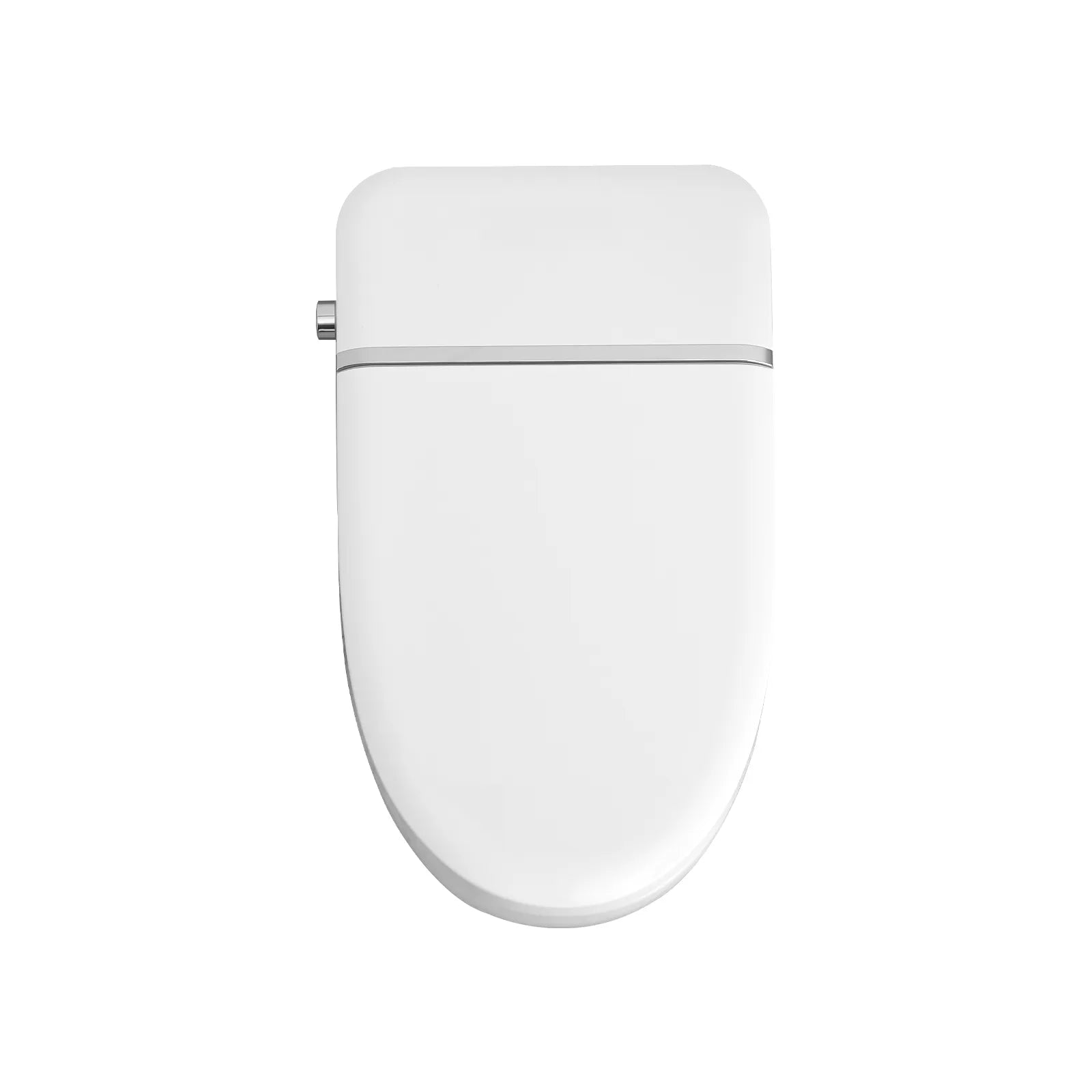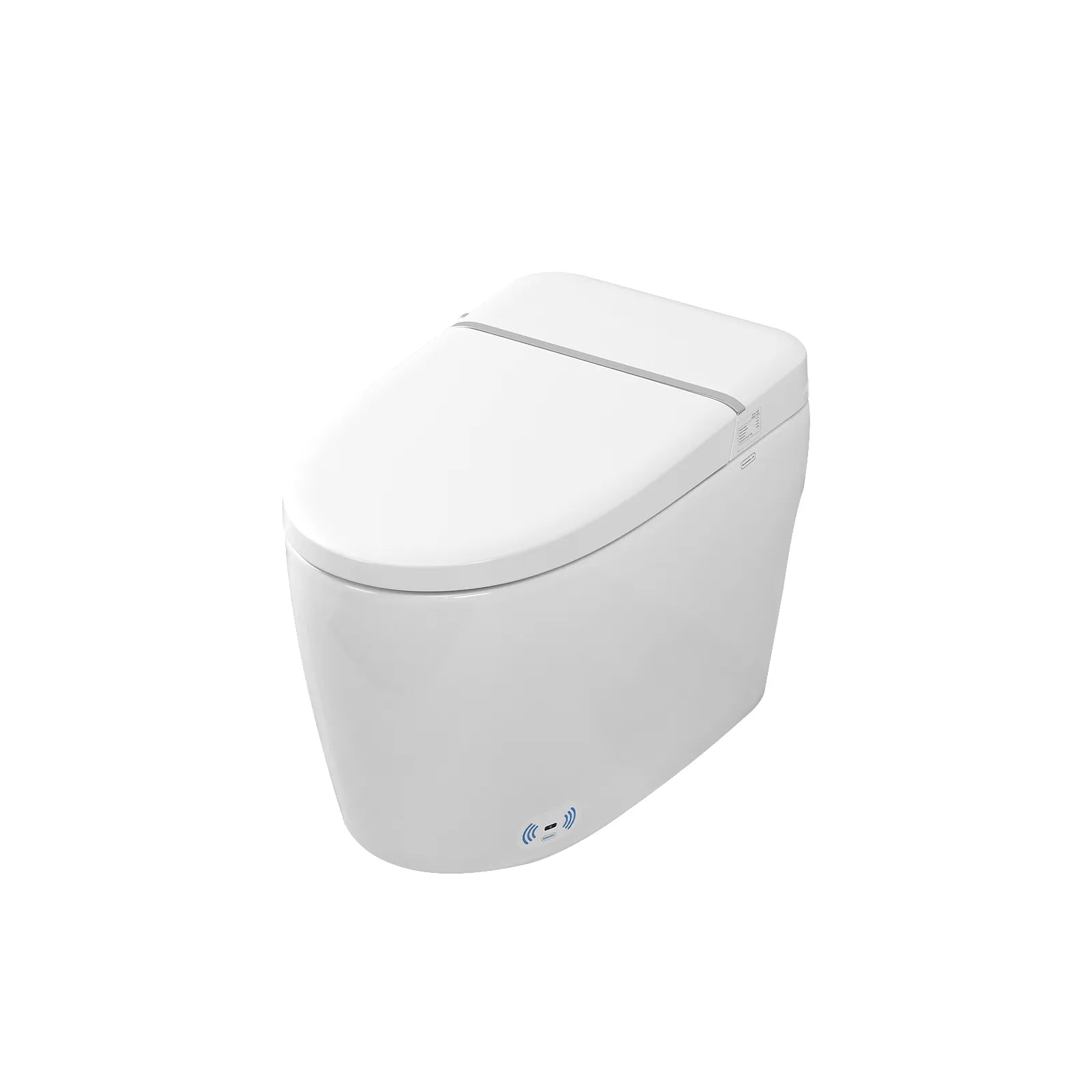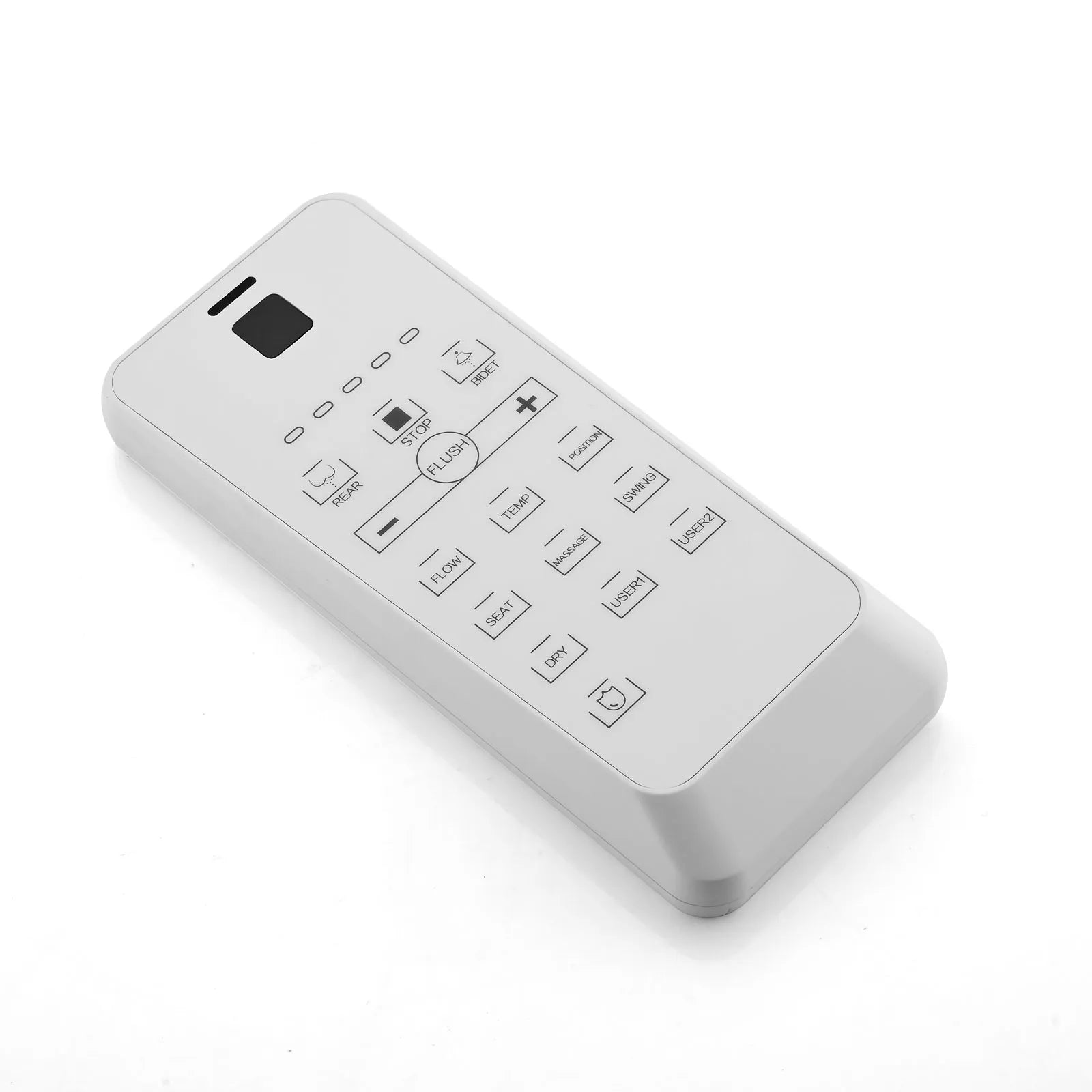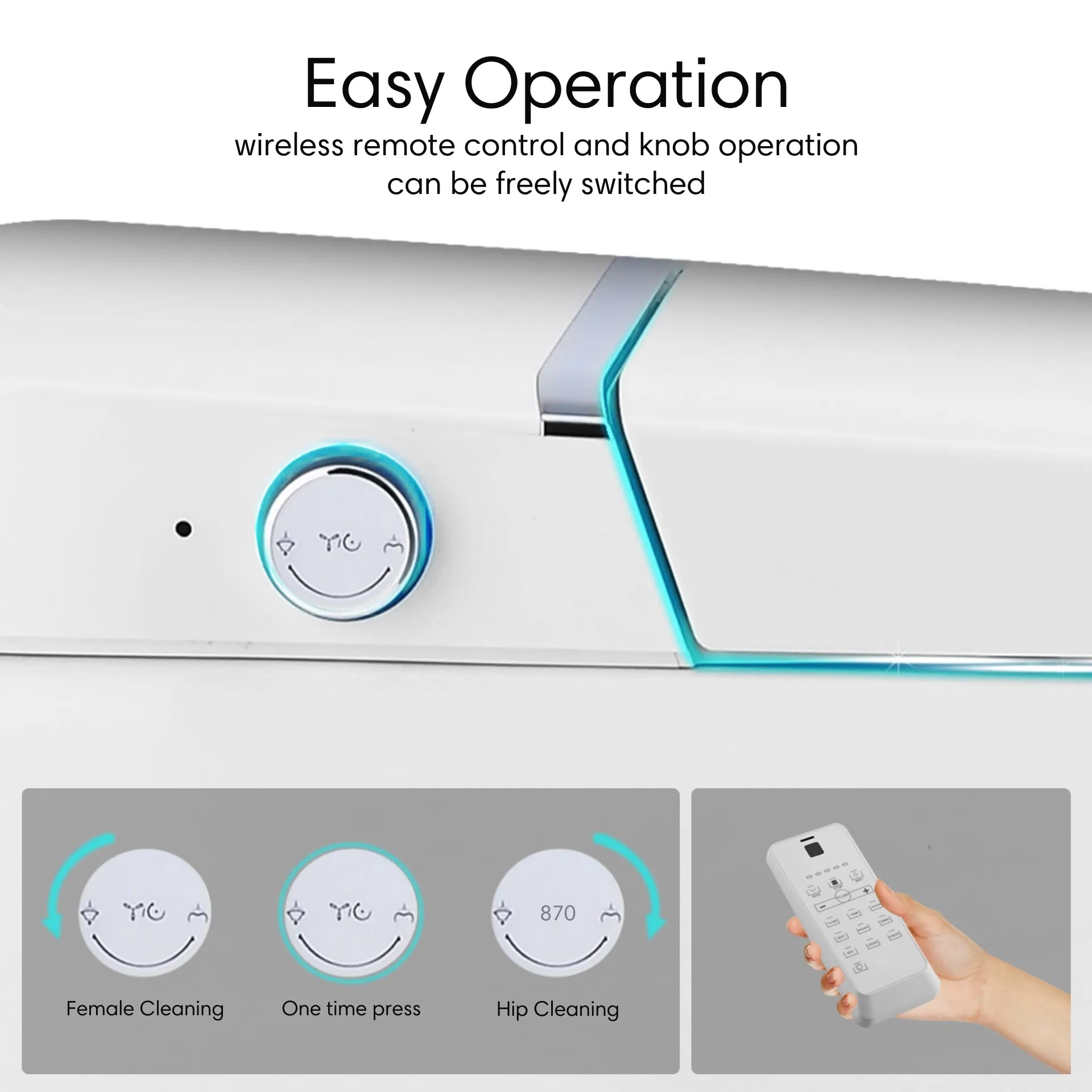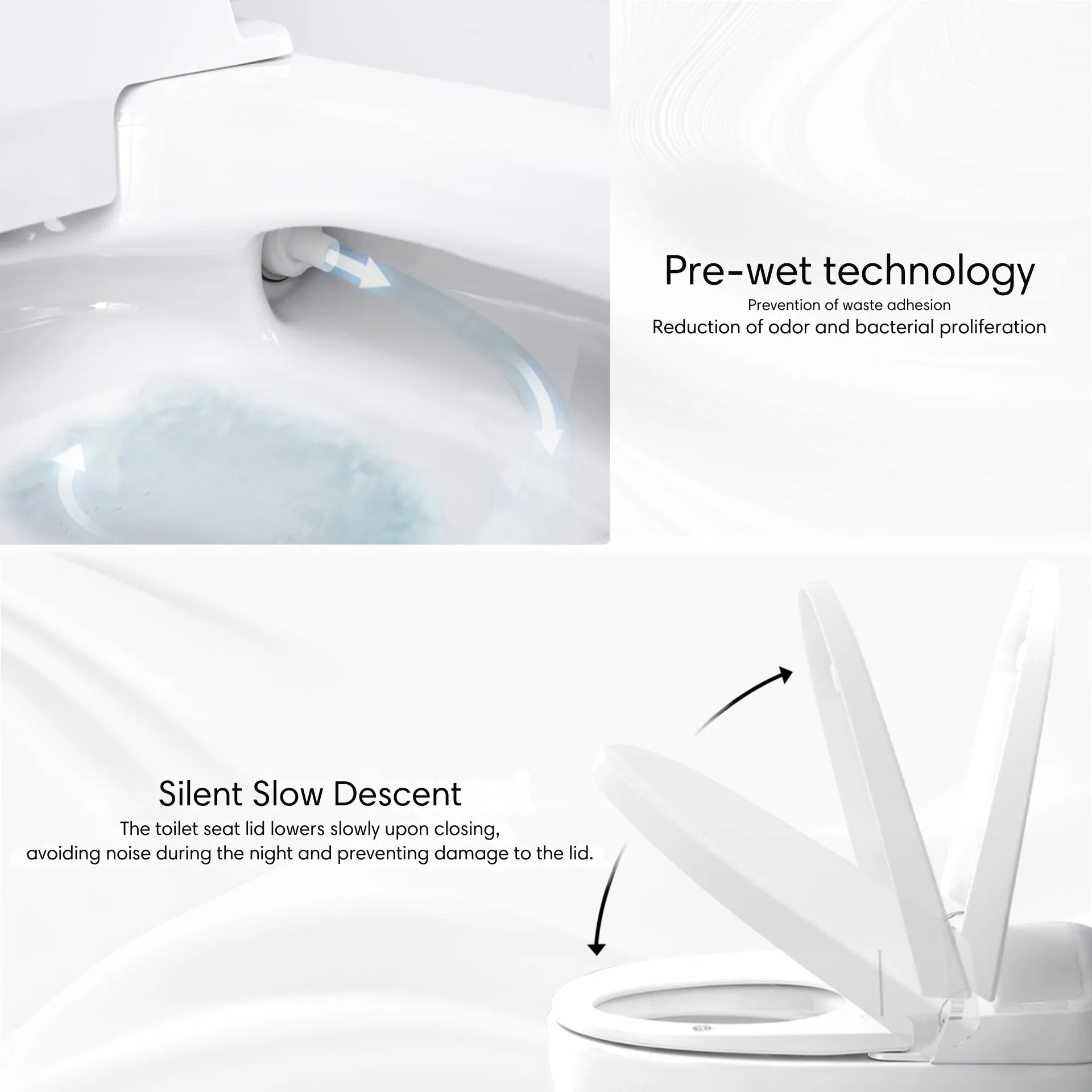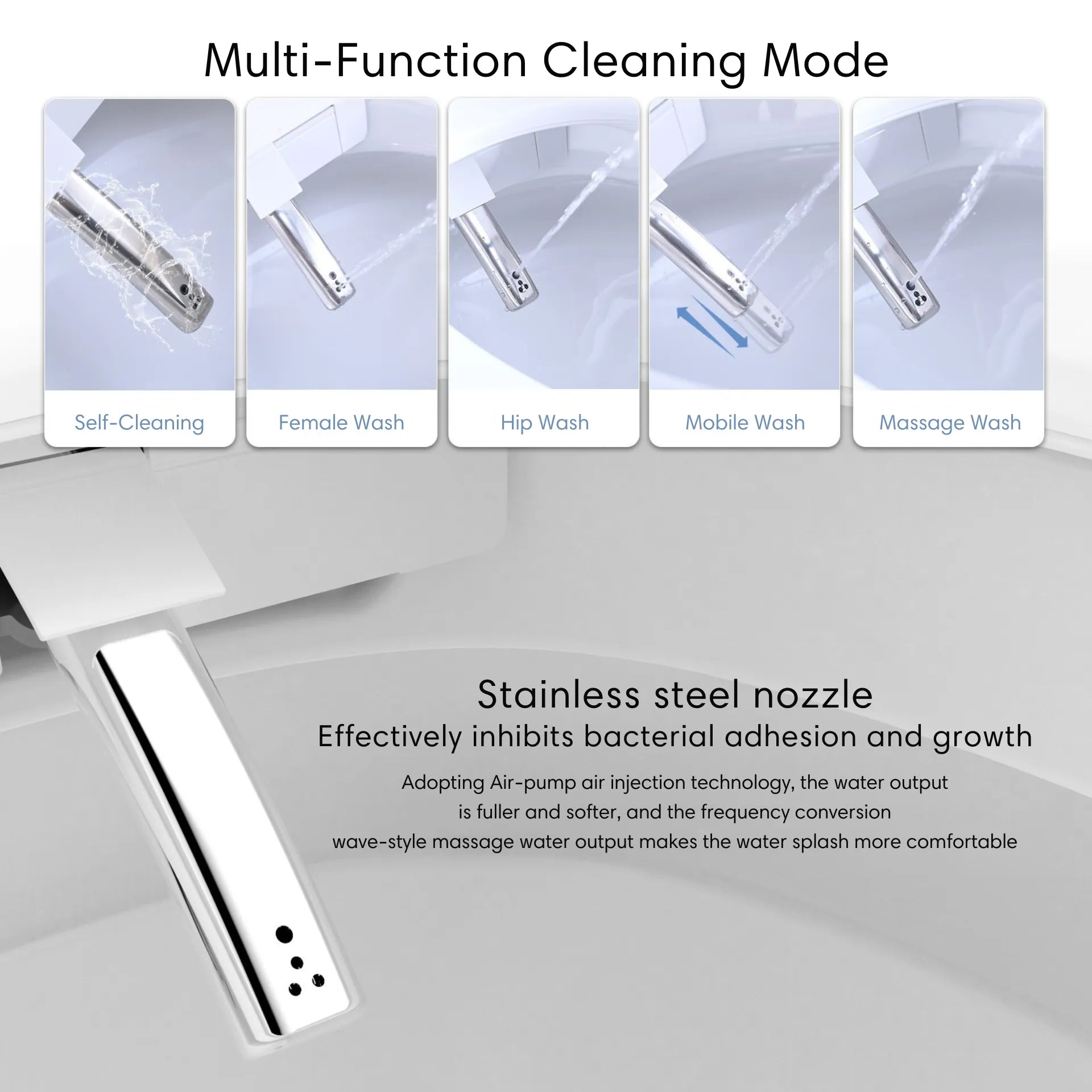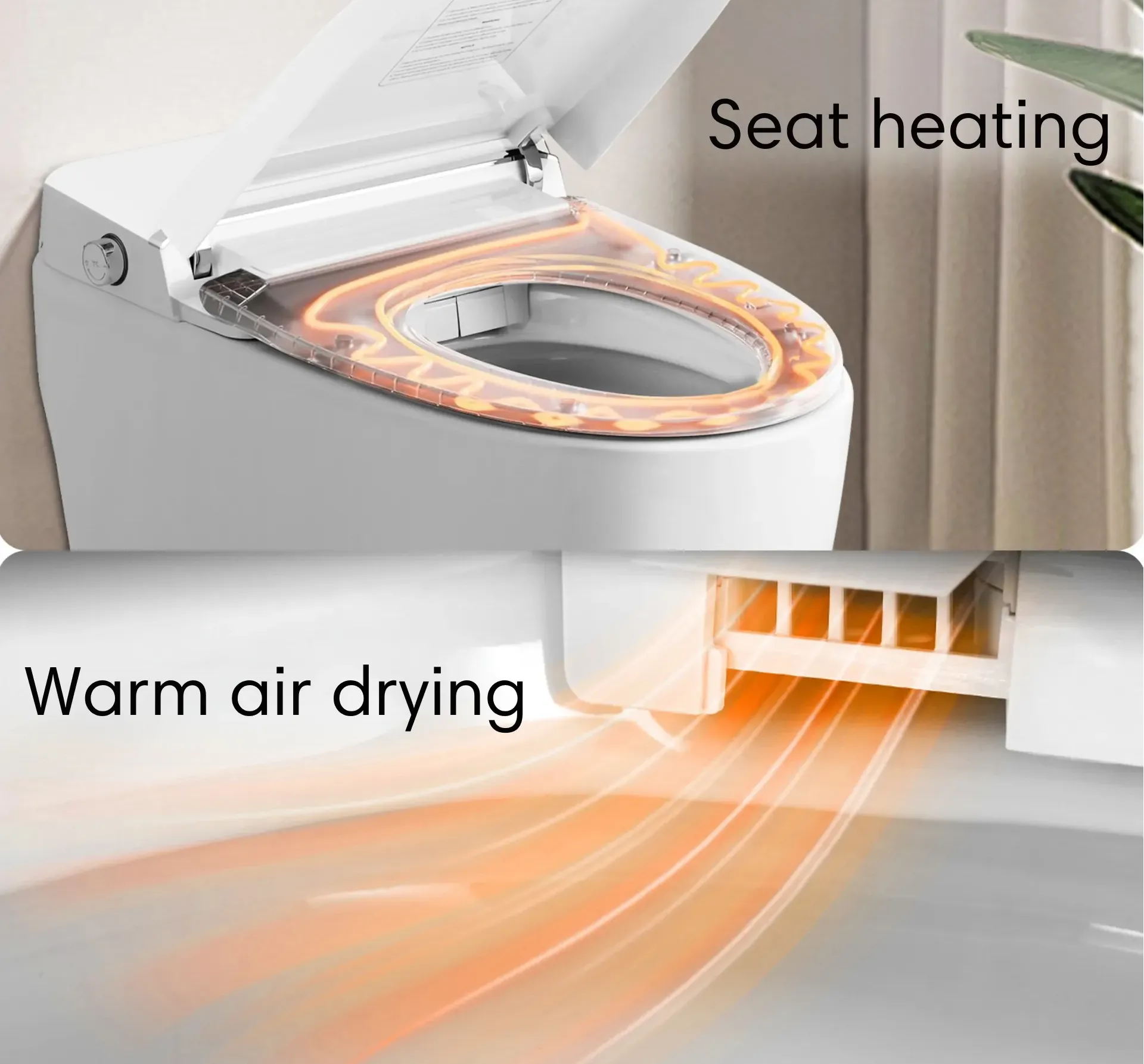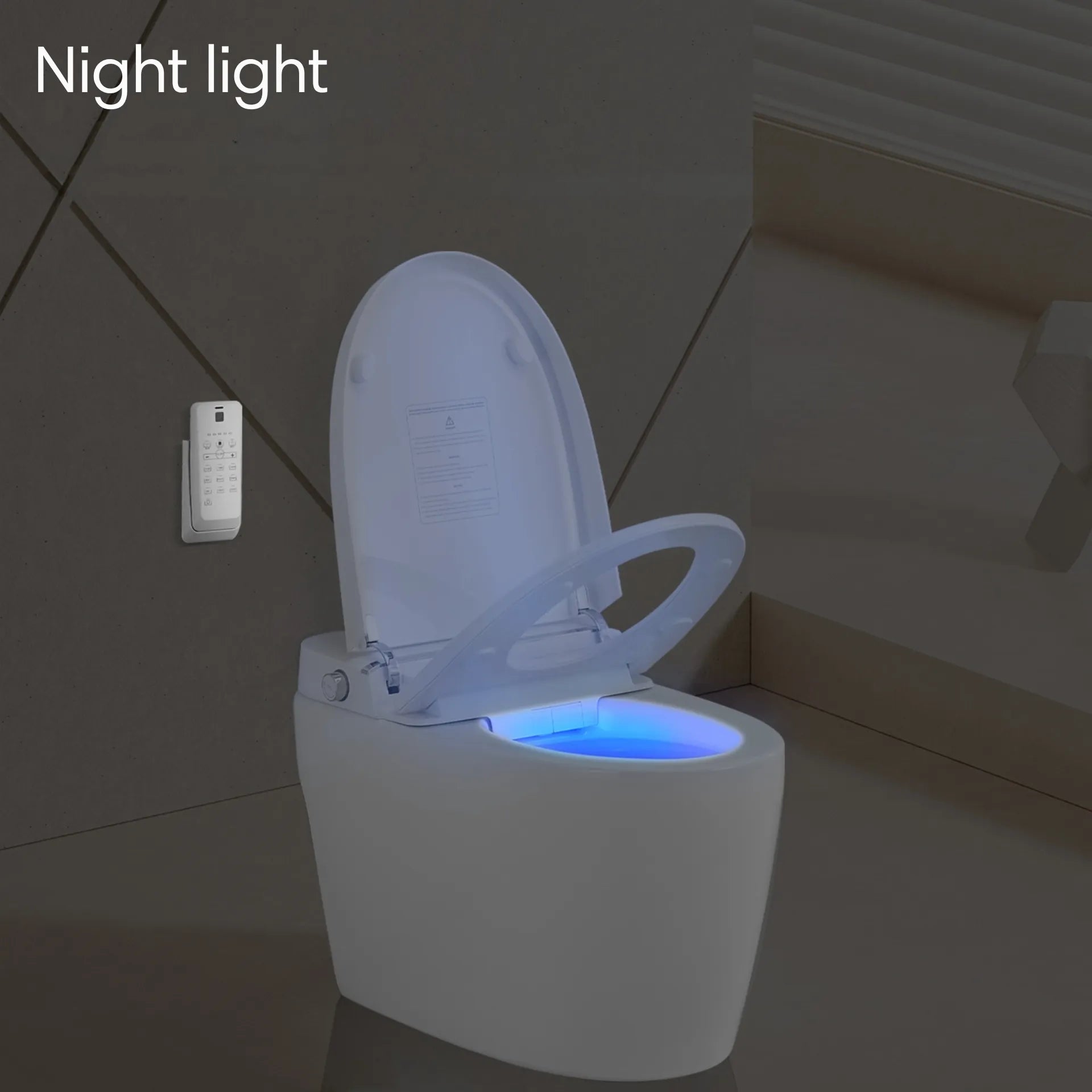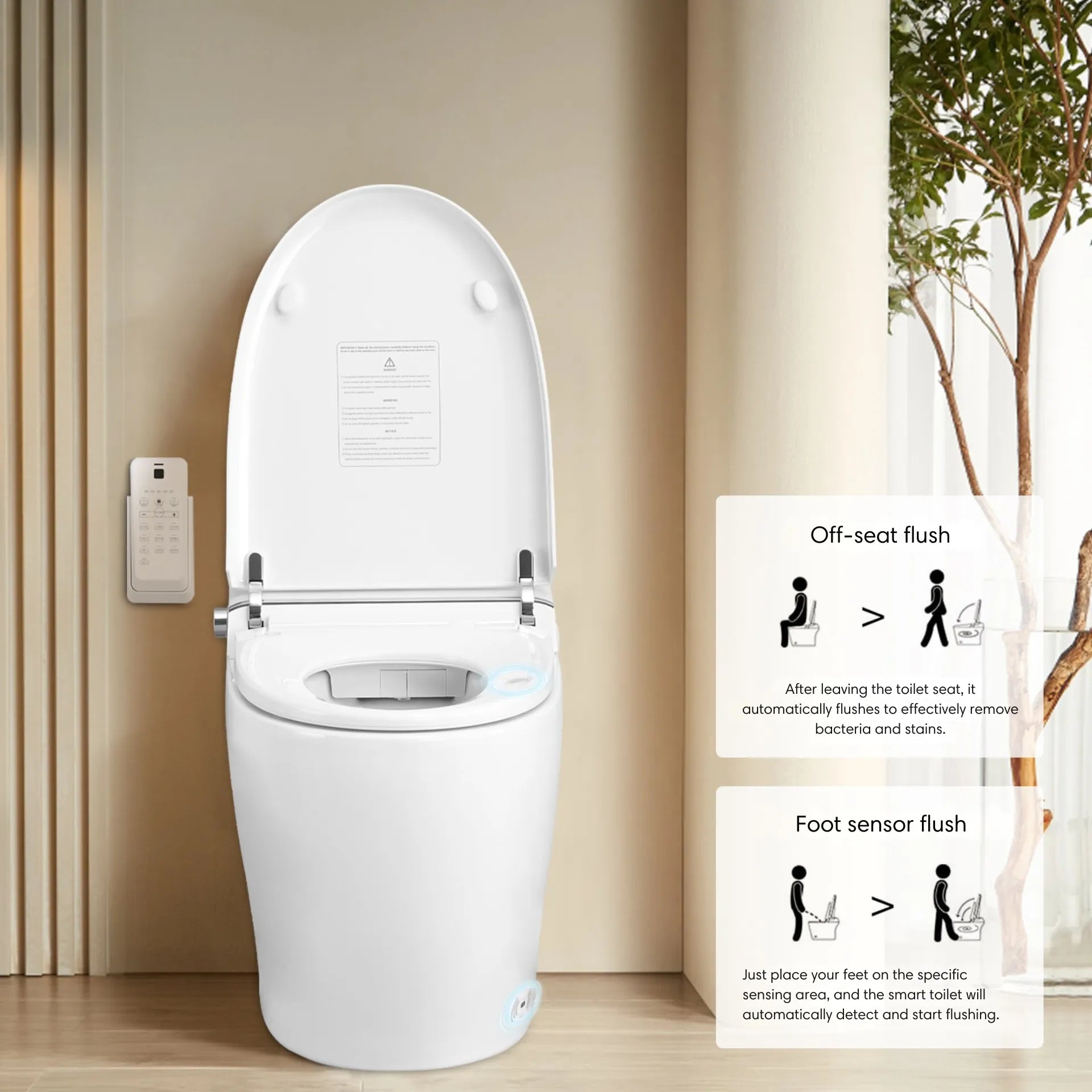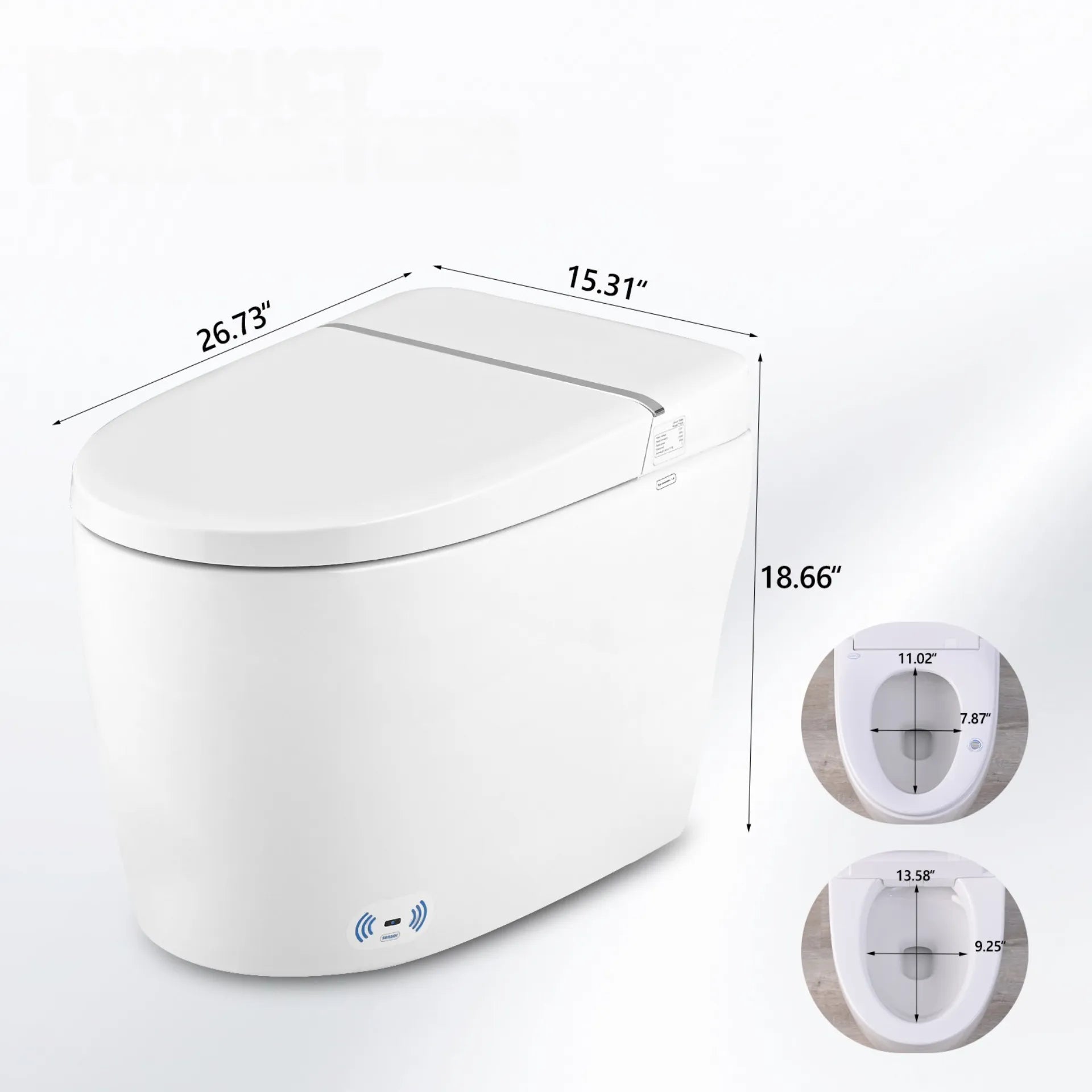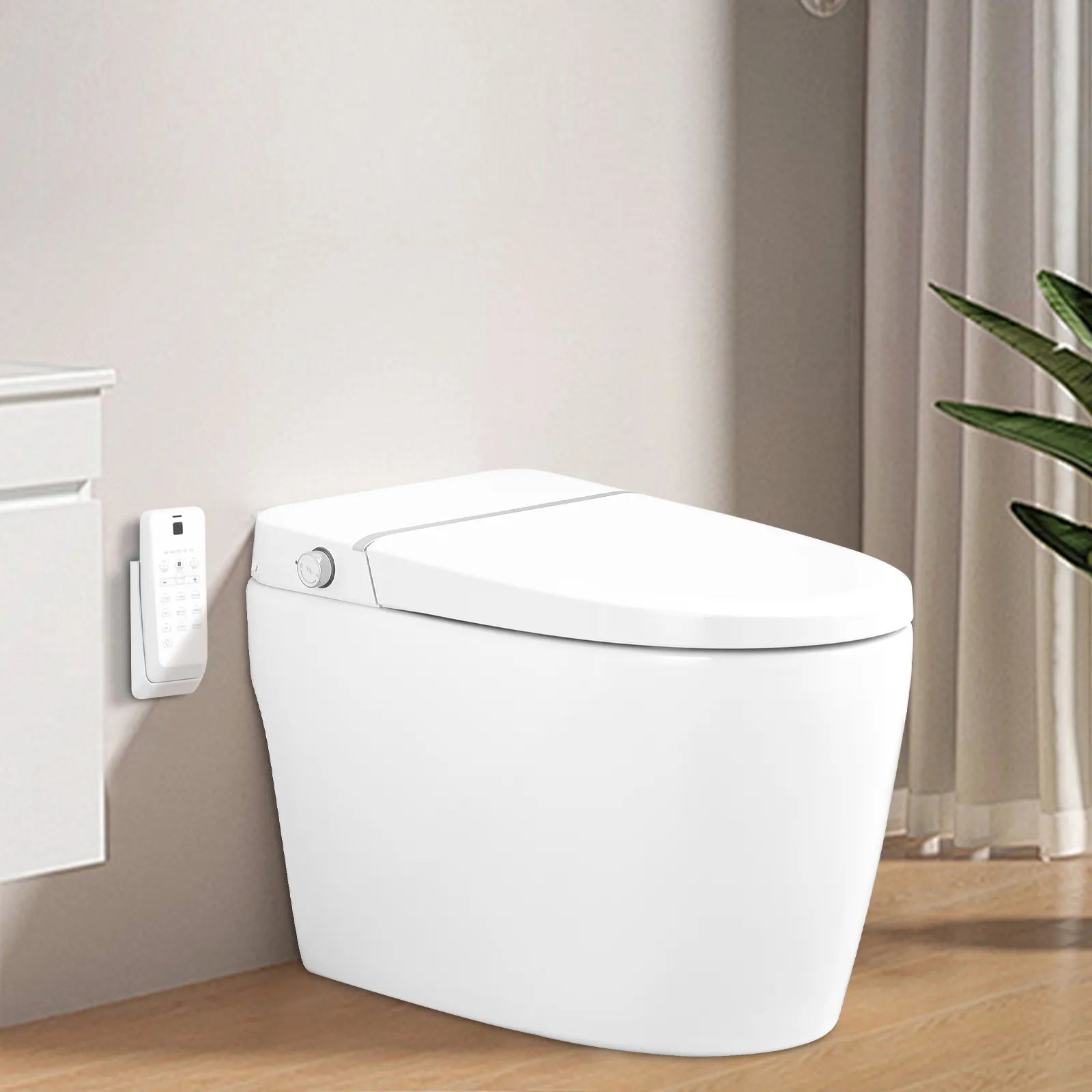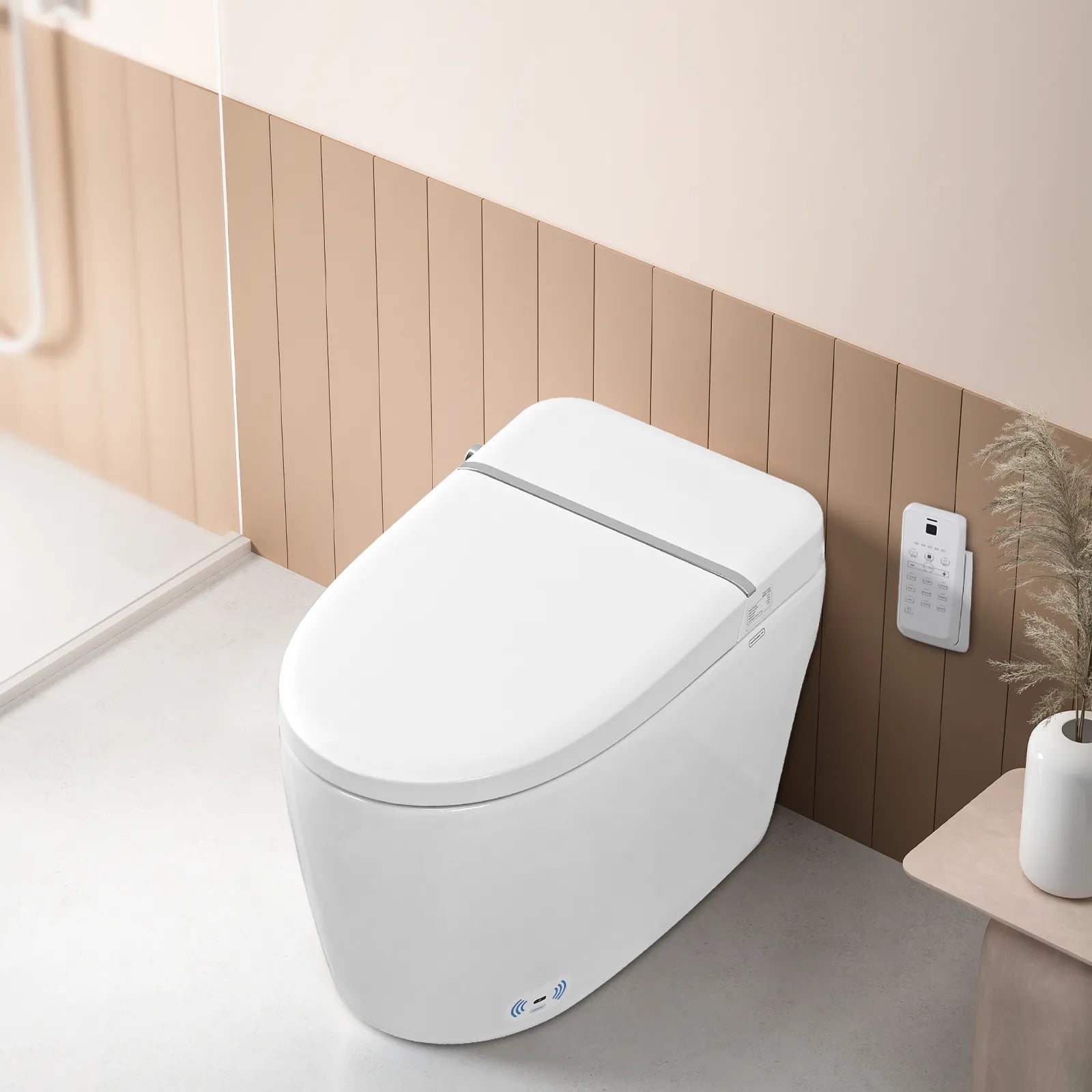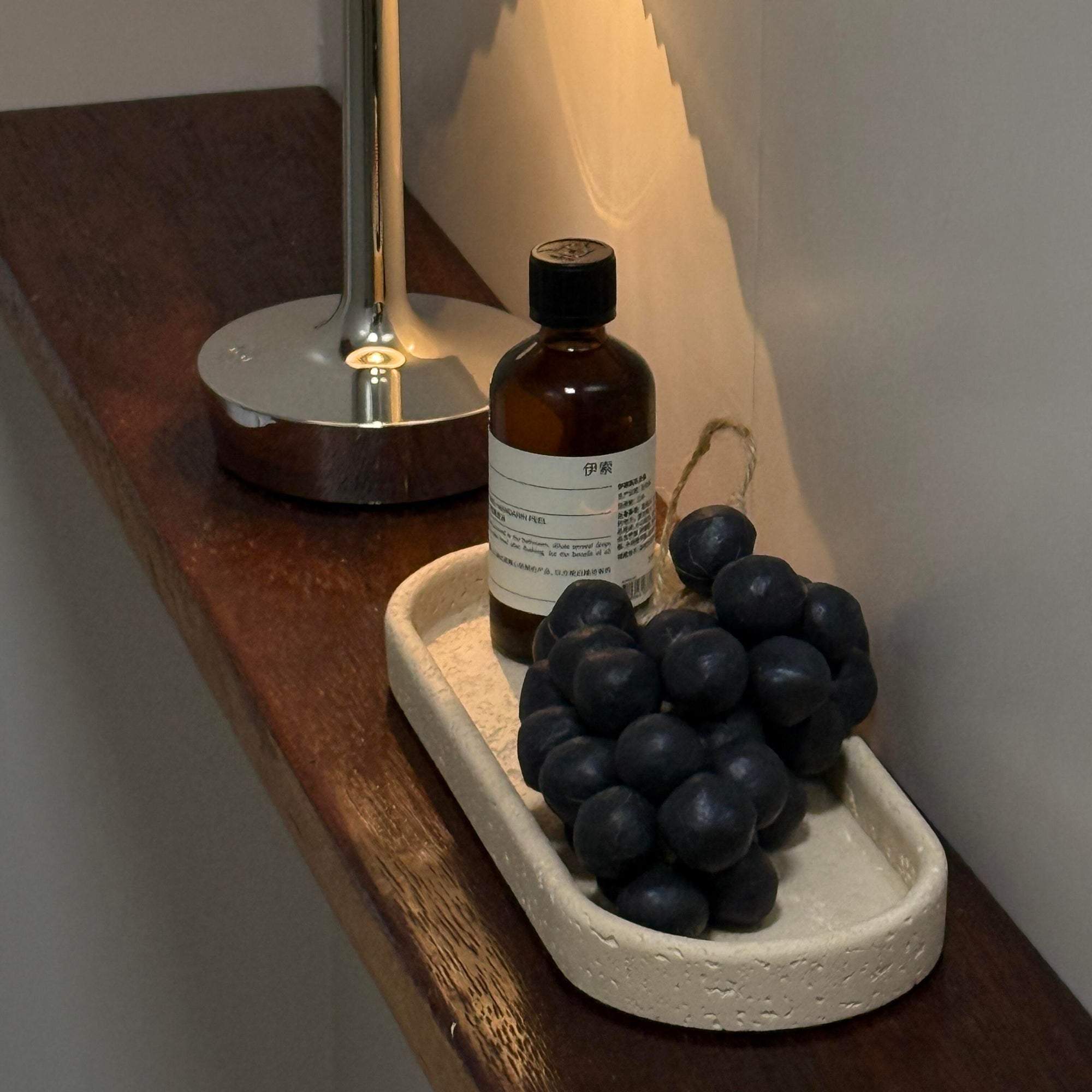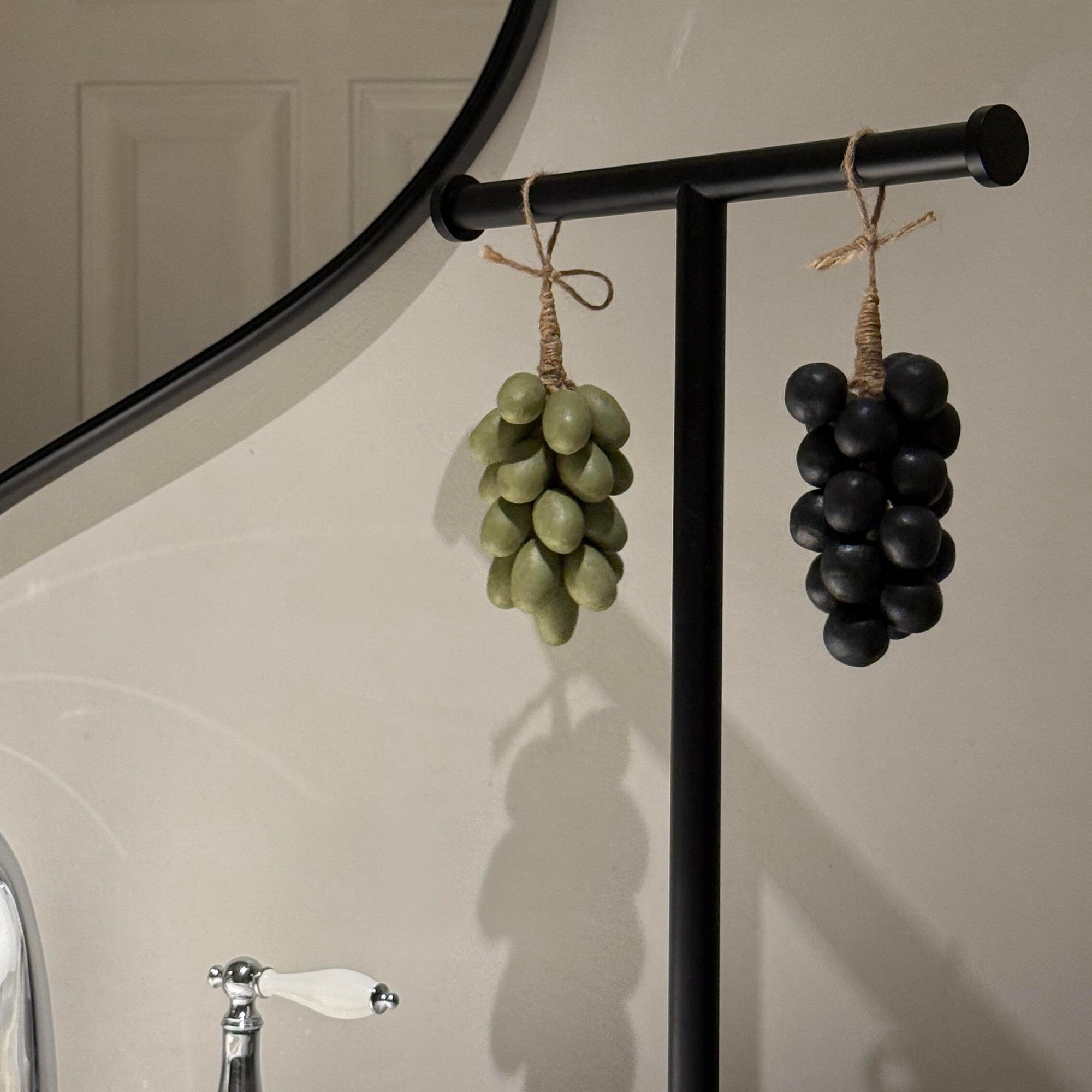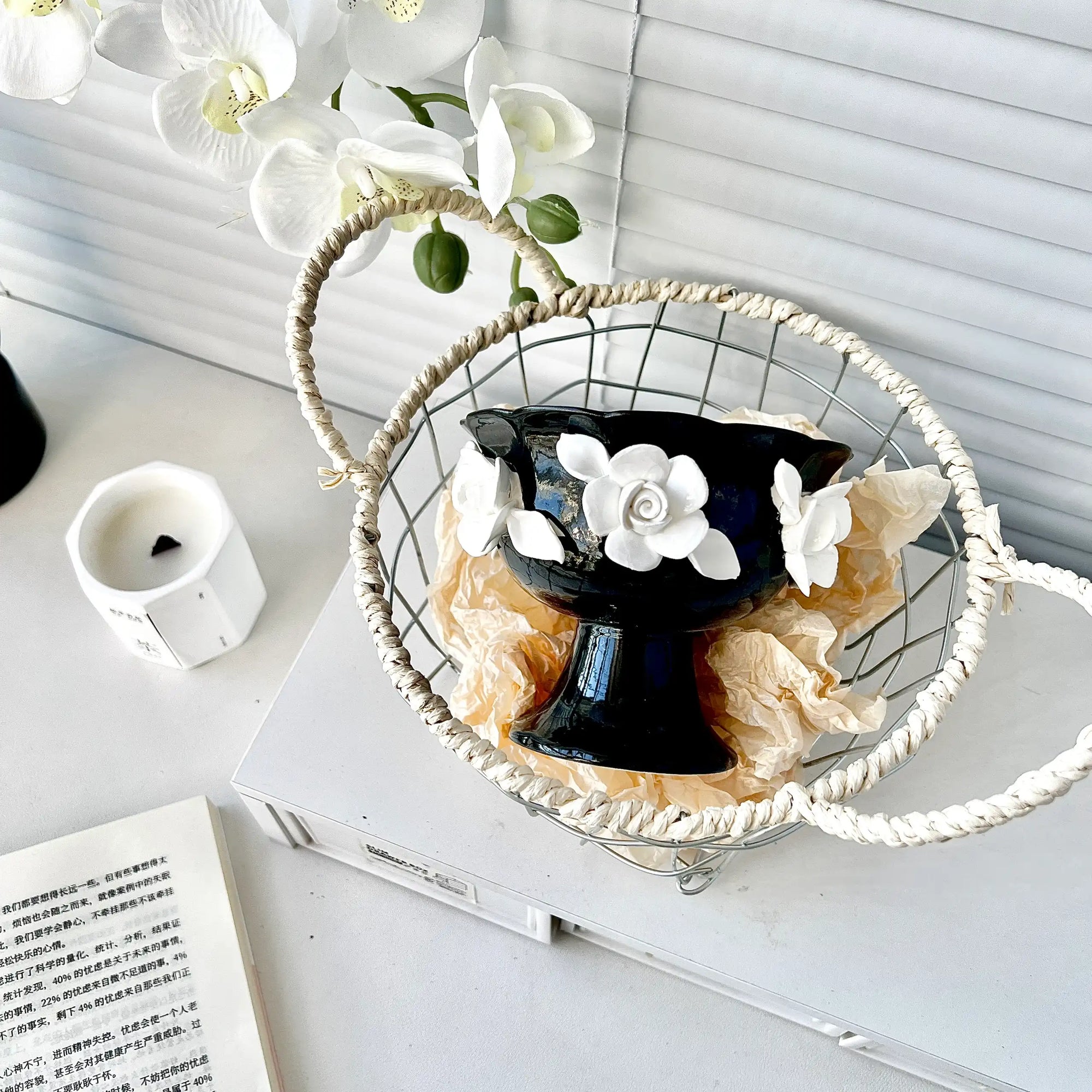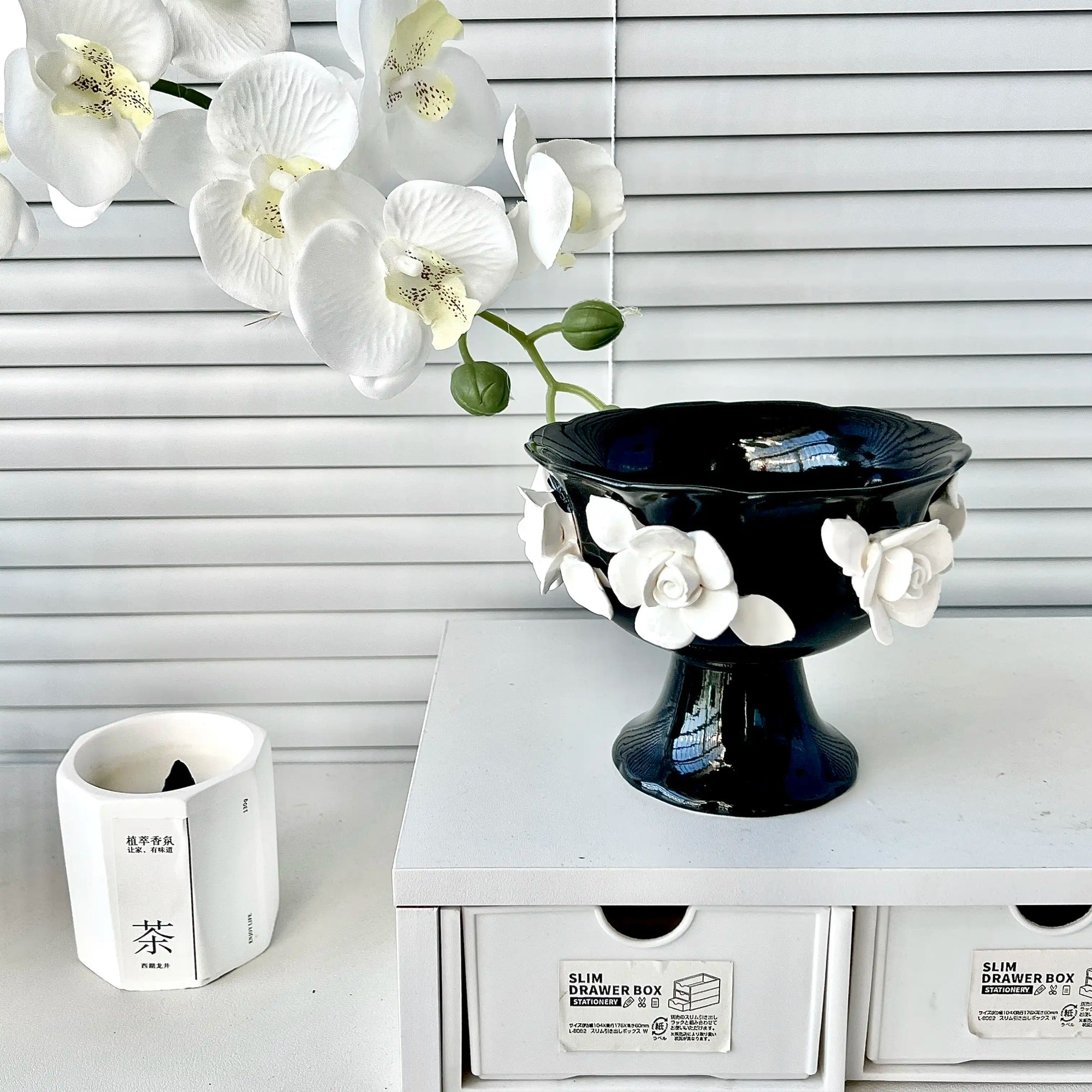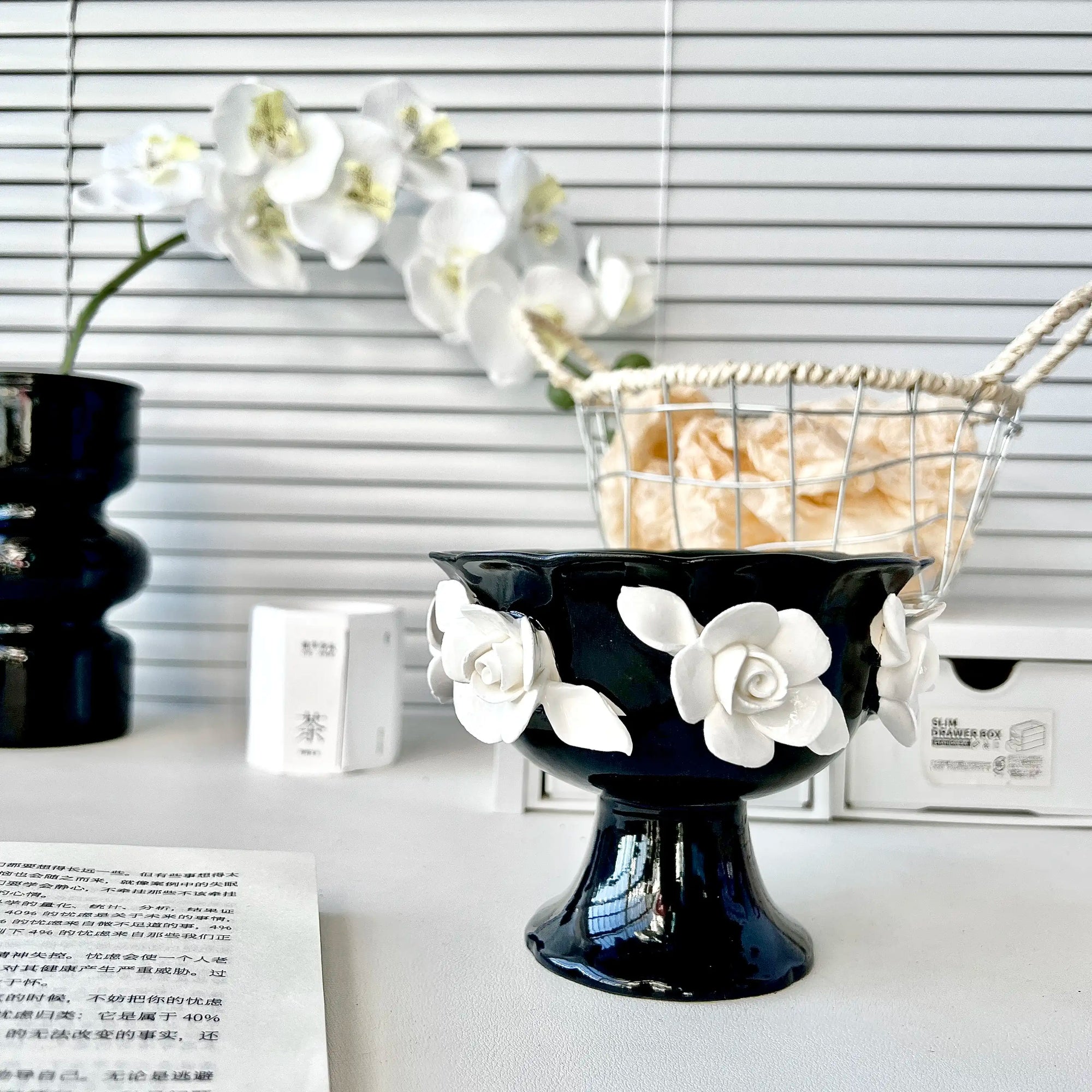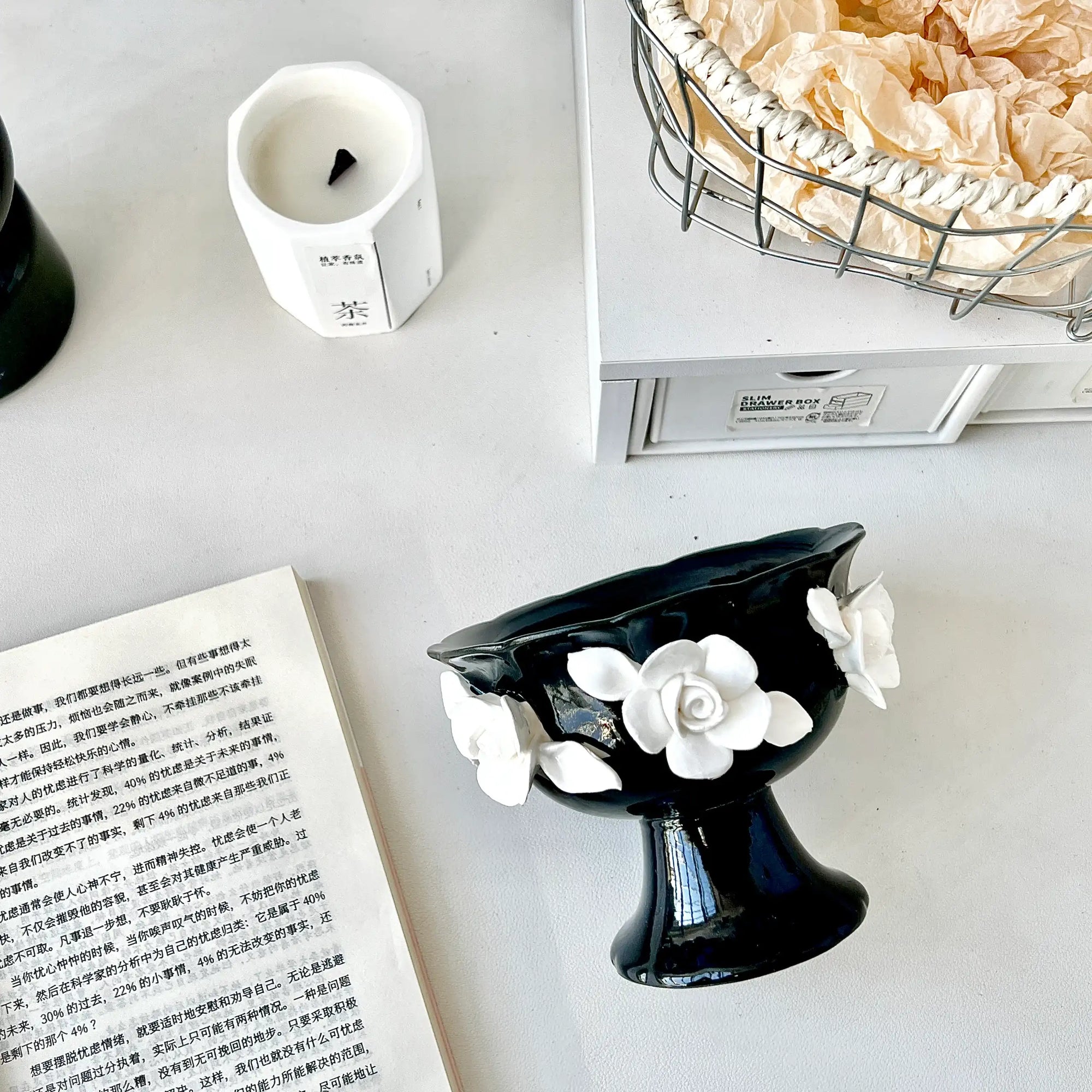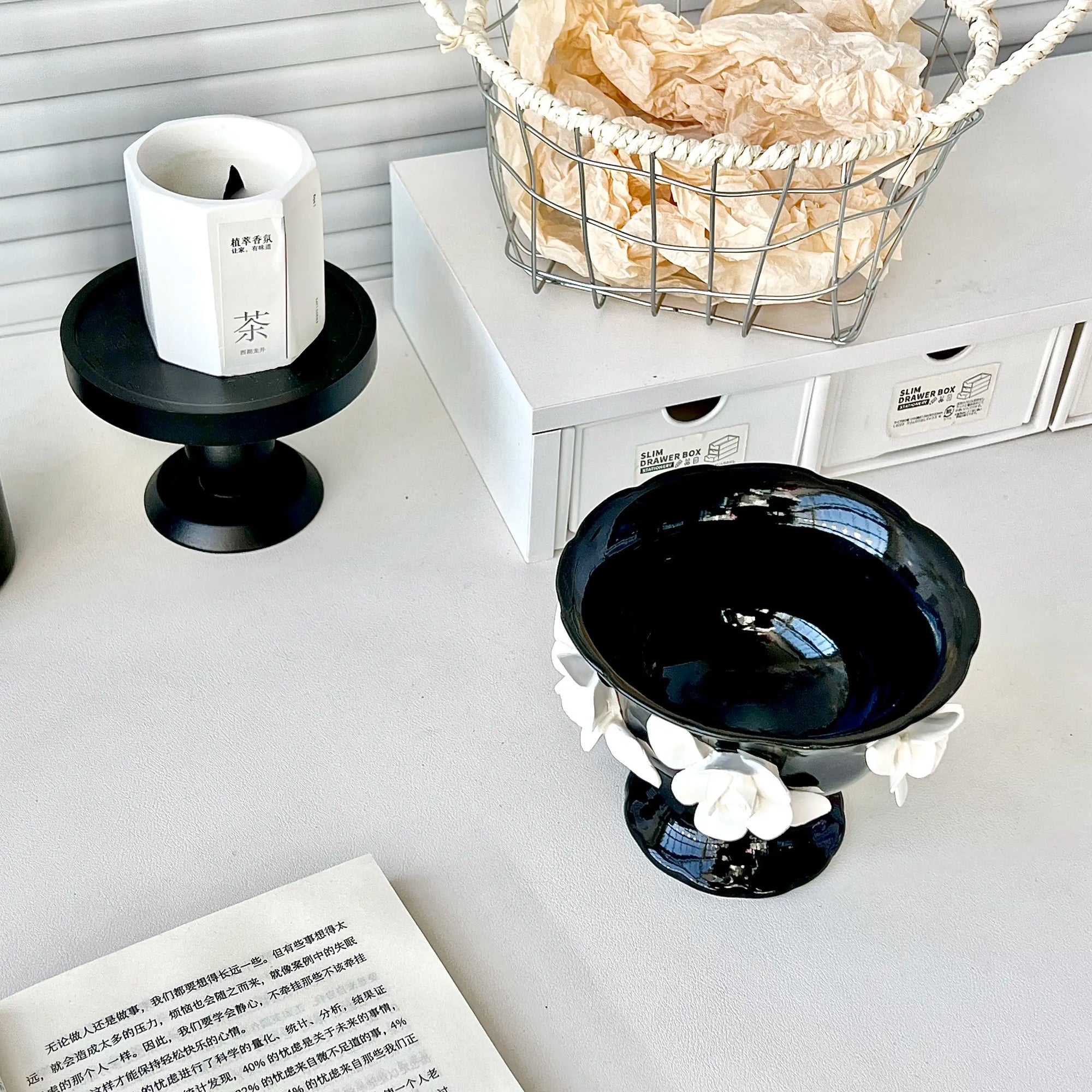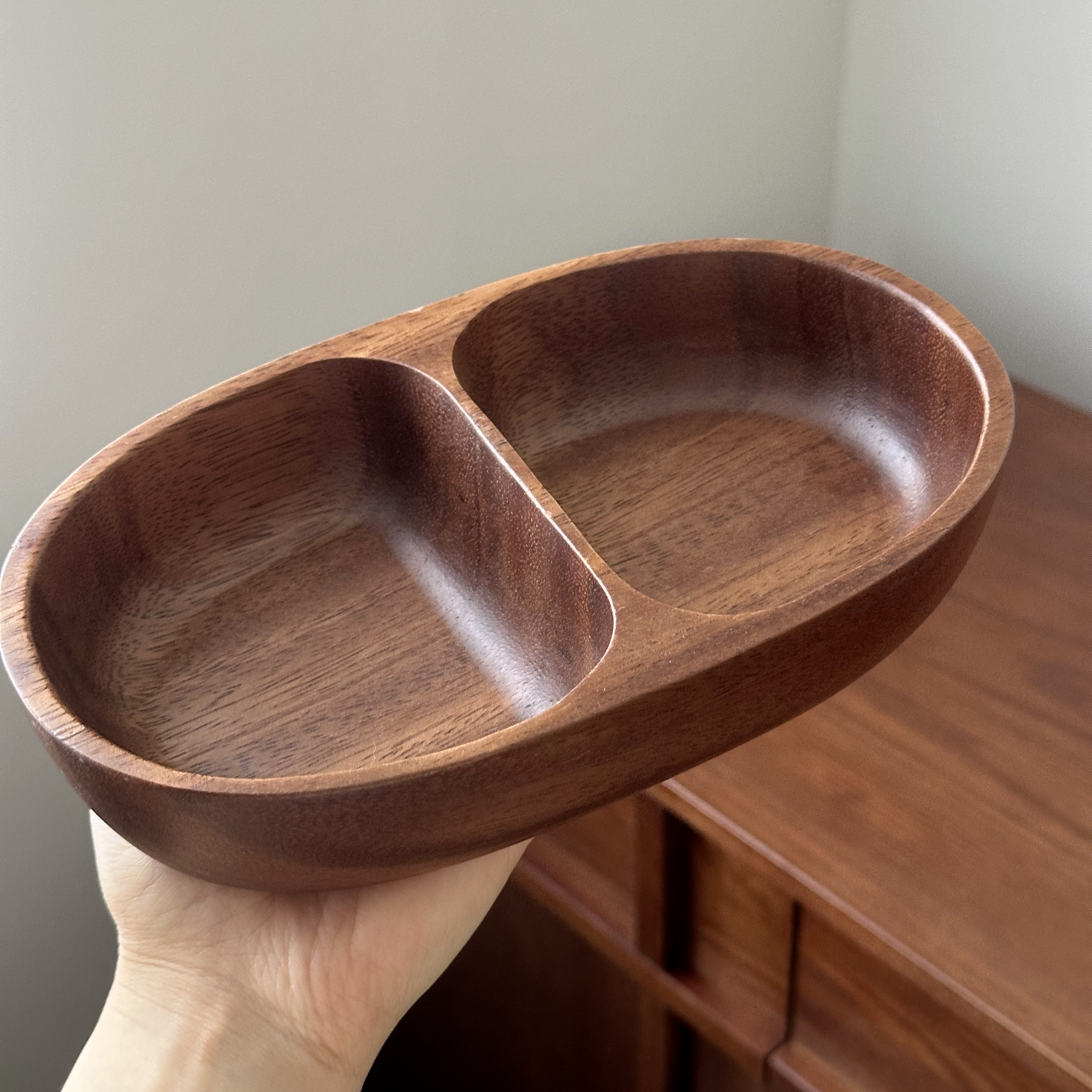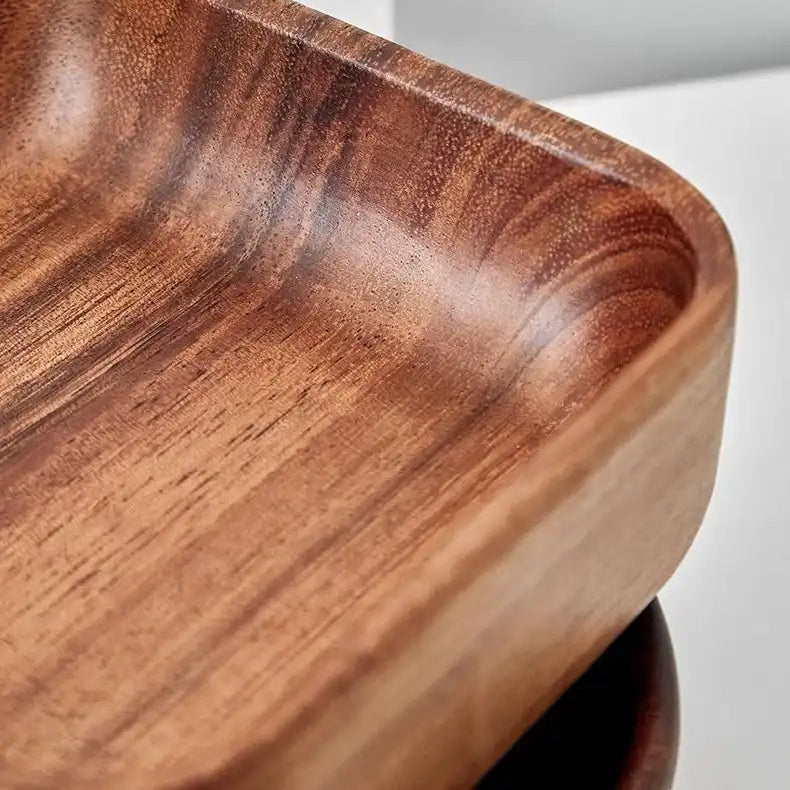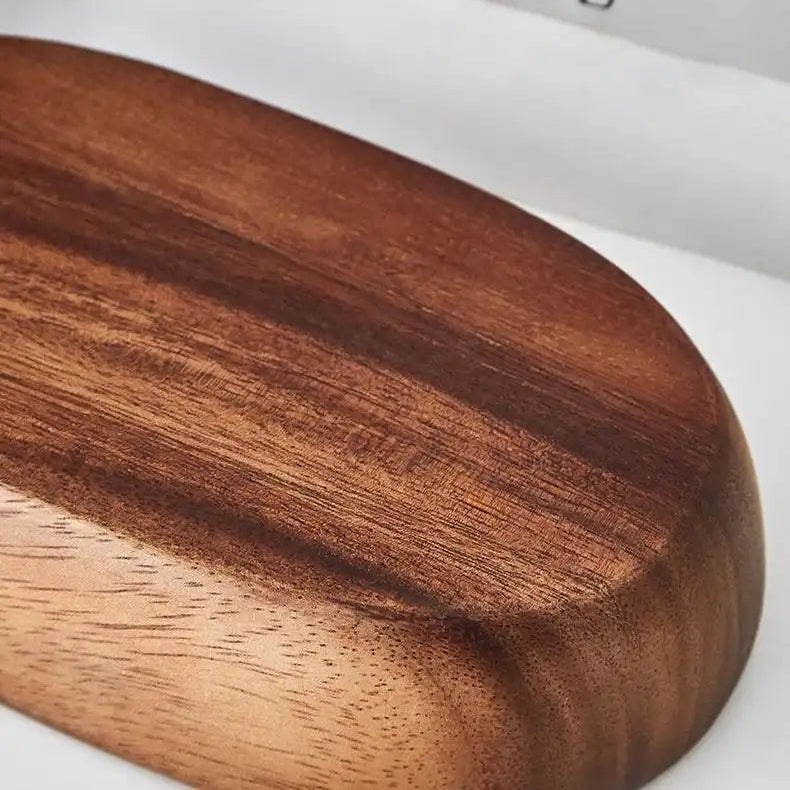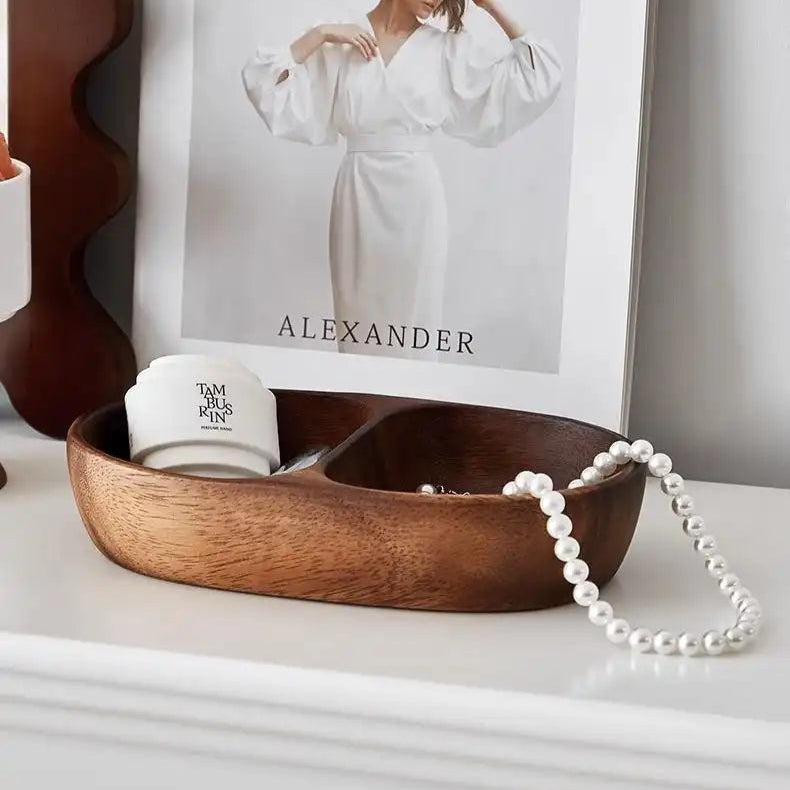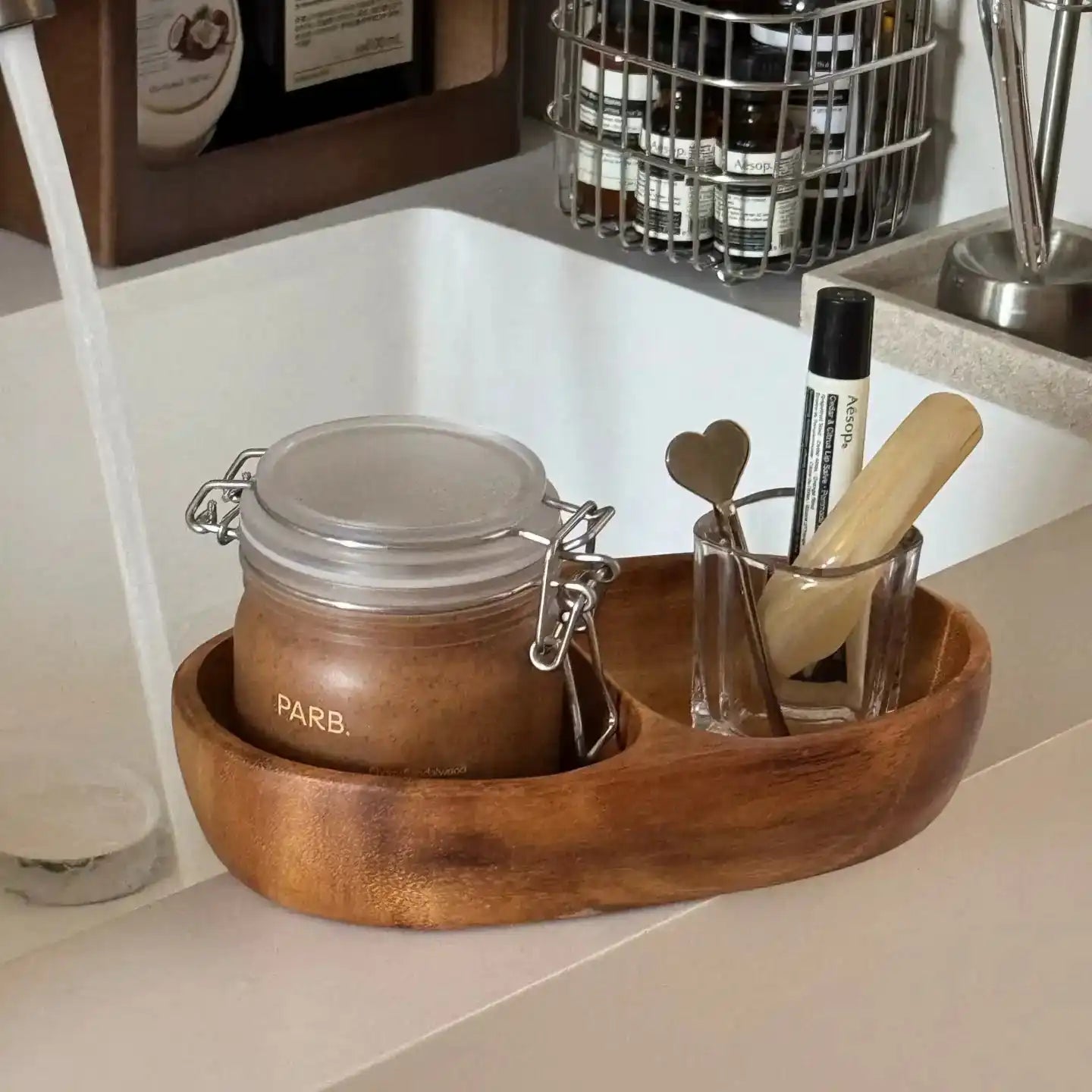Toilet sizes are one of the most overlooked yet critical considerations. Selecting a toilet that’s too large or too small can lead to installation issues, discomfort, and inefficient space use.
In this article, we will explore what you need to know about sizing toilets – everything from standard dimensions and specialty options, to how to measure your bathroom accurately and avoid common sizing mistakes. Whether you’re outfitting a compact guest bath or designing a luxurious master suite, getting the right size is key to both comfort and function.
Table of Contents:
- Standard Toilet Sizes: What Are the Industry Benchmarks?
- Toilet Size Variations: Large and Small Options Explained
- How to Choose the Right Toilet Size for Your Bathroom
- Measuring for a Toilet: Tools and Techniques
- Common Toilet Sizing Mistakes to Avoid
- Conclusion: Size Is More Than Just a Number
- FAQ: Expert Answers to Common Toilet Sizing Questions
Standard Toilet Sizes: What Are the Industry Benchmarks?
While toilets come in all different sizes and shapes, there are some basic standards manufacturers tend to adhere to so that toilets fit most bathrooms. So these are benchmarks you should be swift in understanding as it is your first step towards finding what is right for your space.
-
Seat Height: Standard toilet height (measured from floor to the top of the seat) is about 15 inches (38 cm). Comfort-height or ADA-compliant toilets measure 17–19 inches (43–48 cm), perfect for taller users or those who may have difficulty bending and squatting.
-
Depth (Front to Back): Standard toilets are 27–30 inches (69–76 cm) deep. Compact models can be as low as 24 inches (61 cm).
-
Width: Commonly around 20 inches (51 cm), though some space-saving toilets may go down to 18 inches (46 cm).
-
Rough-In Distance: The most critical size metric — the distance from the wall to the center of the drainpipe and is usually 12 inches (30 cm). However, 10 inches and 14-inches models are also available for older homes or specific plumbing layouts.
These dimensions offer a baseline for compatibility. Always confirm the rough-in size before replacing your toilet to avoid an expensive plumbing renovation.

Toilet Size Variations: Large and Small Options Explained
Not all bathrooms or users are the same, and manufacturers offer alternative toilet sizes to accommodate different needs:
-
Compact Toilets: Designed for powder rooms or tight spaces, these toilets can be as short as 24 inches in depth and often combine the tank and bowl into a single unit to save space.
-
Tall Toilets: Ideal for taller individuals or seniors, comfort-height toilets minimize bending. Those toilets meet ADA standards, making them suitable for accessible bathrooms.
-
Elongated vs. Round Bowls: Elongated bowls (typically 18.5 inches long) offer more comfort but require more space. For tiny bathrooms, opt for round bowls (about 16.5 inches).
-
Children’s Toilets: Designed for early education facilities or households with small children, these models are significantly shorter in height and depth.
These alternatives show that toilet sizes are not one-size-fits-all. The key is to match user needs with spatial limitations.

How to Choose the Right Toilet Size for Your Bathroom
Choosing the correct toilet involves a combination of ergonomics and space optimization. Here's how to make a decision that balances both:
-
Consider User Height and Mobility: Comfort-height models will be be best if your users are taller, or have limited mobility. Families with kids might want regular or shorter versions.
-
Measure Available Floor Space: Consider how much depth and width your bathroom can afford. Don't forget to leave room for opening cabinet doors or shower enclosures.
-
Check Door Clearance: Ensure the bathroom door can open fully after installation, especially with larger, elongated bowl designs.
-
Evaluate Future Needs: If you are aging in place, you may want to consider upgrading to an ADA-compliant toilet now as it will help save you on renovation costs in the future.
-
Factor in Design Flow: A toilet that's too large can disrupt the visual symmetry of a small bathroom. Choose a model that aligns with your design intent.
Choosing the right toilet size not only ensures comfort but also maintains efficient use of space and avoids accidental non-compliance with building codes.

Measuring for a Toilet: Tools and Techniques
Accurate measurement is the basis for a successful toilet installation. So here is what you will need to you and how to do it:
Tools Required:
| Tape measure | Pencil and notepad | Level (optional) |
|---|
What to Measure:
Accurate toilet sizing starts with precise measurement. Whether you’re replacing an existing unit or planning a new installation, here are the key dimensions to capture:
-
Rough-In Distance
-
Measure from the finished wall (not the baseboard) to the center of the toilet's drainpipe or mounting bolts.
-
This is the most critical dimension and typically falls into one of three standards: 10", 12" (most common), or 14".
-
If the toilet is still installed, measure to the center of the rear bolt caps at the toilet base.
-
-
Bowl Depth (Front-to-Back)
-
Measure from the wall to the front edge of the toilet bowl.
-
Elongated bowls generally add 1.5–2 inches of depth compared to round bowls.
-
-
Toilet Width
-
Measure the total width at the widest point, usually across the tank.
-
Ensure at least 15 inches of clearance from the bowl center to any side wall or fixture, per standard building codes.
-
-
Overall Height
-
Measure from the floor to the top of the tank, especially important if installing under shelving, windowsills, or wall fixtures.
-
-
Seat Height
-
From floor to the top of the seat. Standard models are around 15 inches, while comfort-height toilets range from 17 to 19 inches.
-
-
Front Clearance Space
-
Ensure there is at least 21 inches (or 24 inches for ADA compliance) of clear floor space in front of the toilet.
-
-
Fixture Interference Check
-
Look for potential conflicts with doors, drawers, or towel racks that could affect usability after installation.
-
These dimensions will not only guarantee that your loo fits physically, they determine comfort over the long term, code compliance and the function of the entire layout of bathroom.

Common Toilet Sizing Mistakes to Avoid
Even well-informed buyers can make errors when selecting toilet sizes. Avoid these pitfalls:
-
Ignoring the Rough-In Measurement: Installing a toilet with the wrong rough-in size leads to either costly returns or extensive plumbing adjustments.
-
Underestimating Bowl Depth: Elongated bowls add comfort but require additional clearance. Round bowls may be a better choice in tight spaces.
-
Overlooking Vertical Space: Not considering tank height may interfere with wall-mounted fixtures or shelving.
-
Neglecting Door Swing: A poorly placed toilet may block the bathroom door from opening fully, compromising usability.
-
Not Accounting for Wall Structure: Wall-hung toilets require in-wall support systems. If your wall isn’t reinforced, installation may be impractical.
Taking the time to understand and avoid these mistakes can save money, stress, and future renovation headaches.
Conclusion: Size Is More Than Just a Number
Toilet sizes may seem like a minor detail, but they directly impact comfort, code compliance, and design harmony in your bathroom. From understanding standard measurements to selecting between one-piece or wall-hung models, the right selection balances the form and function of your bathroom. When chosen wisely, the right toilet becomes a seamless part of your daily comfort.
FAQ: Expert Answers to Common Toilet Sizing Questions
Q1: What is the most common toilet rough-in size?
A: The standard rough-in size is 12 inches. However, 10-inch and 14-inch models are also available for specific plumbing configurations.
Q2: Can I replace a round bowl toilet with an elongated one?
A: Yes, if you have at least 2 extra inches of front clearance. Elongated bowls typically add comfort but require more space.
Q3: How do I know if a wall-hung toilet will work in my bathroom?
A: Wall-hung toilets need in-wall tanks and reinforced framing. Consult a contractor to check if your bathroom walls meet the structural requirements.
Q4: Is there a toilet size suitable for small bathrooms?
A: Compact or short-projection toilets are ideal for small spaces. Look for models with a depth of 24–26 inches and a narrow width.
Q5: Are comfort-height toilets suitable for everyone?
A:
More Articles About Toilet
The Smart Toilet Seat Revolution: Why Your Bathroom Deserves an Upgrade
Why a Wall Hung Smart Toilet Might Be the Upgrade Your Bathroom Deserves
Still Flushing on Old Tech? A Verified Decision Framework for Choosing a Tankless Smart Toilet
Ready to Upgrade? Here’s How to Choose the Best Bidet Toilet Seat for a Better Bathroom Experience


